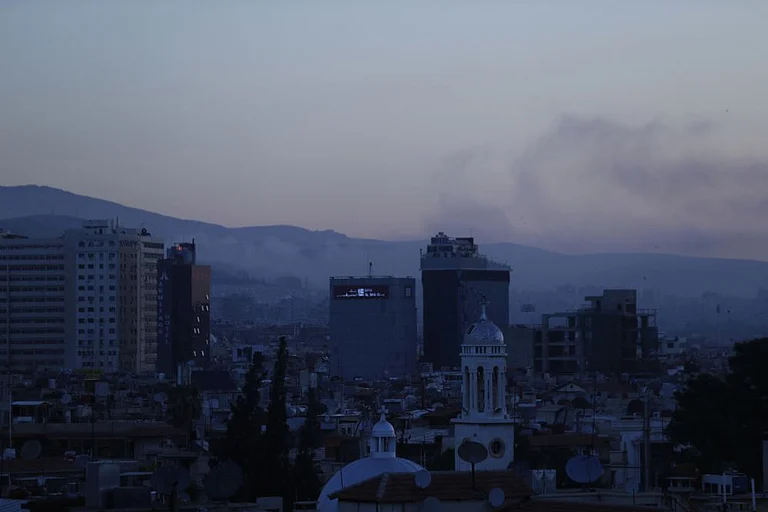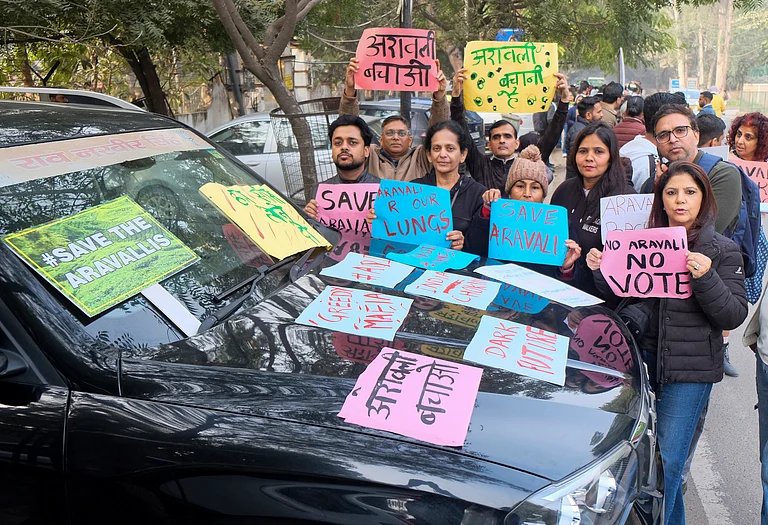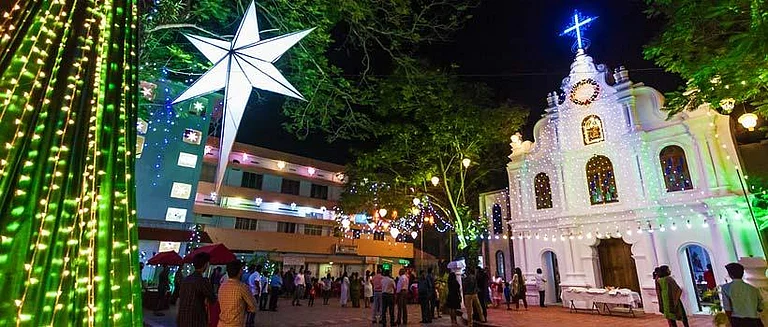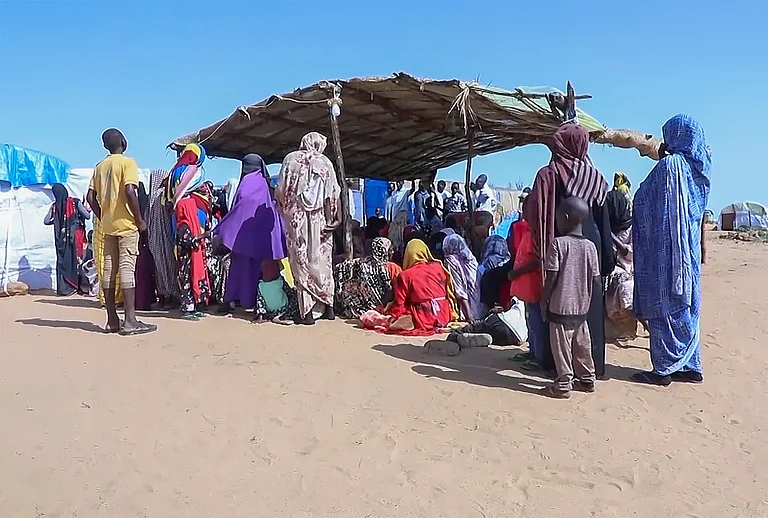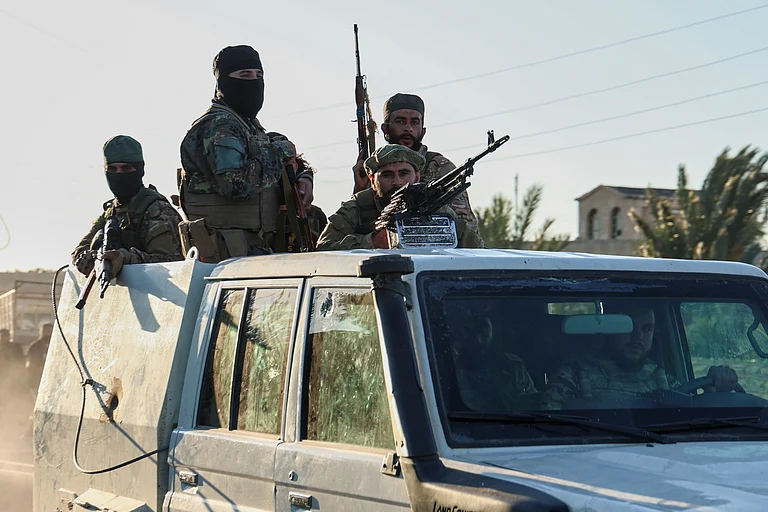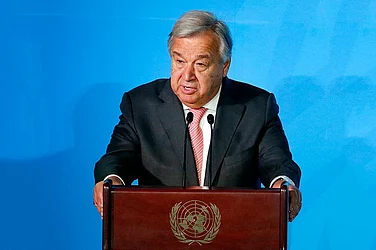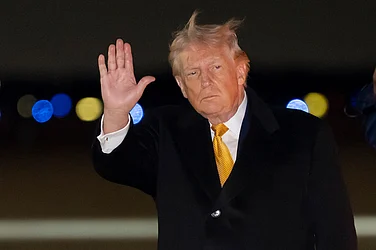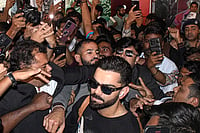Amid the renewed sectarian clashes in southern Syria and Israel’s bombings, the Druze, a small but historically resilient religious and ethnic minority, have once again found themselves at the crossroads of regional unrest.
In recent days, violence has erupted between Druze armed factions and members of Bedouin clans, following a temporary withdrawal of Syrian government forces under a ceasefire. These developments have cast fresh light on the complex identity and political positioning of the Druze, particularly in the context of their presence in both Syria and Israel.
According to the Syrian Observatory for Human Rights and Reuters, the clashes have resulted in over 250 deaths, with some estimates placing the toll as high as 350, including both civilians and fighters. This marks one of the deadliest episodes of sectarian violence in southern Syria since the fall of the Assad regime.
Who Are The Druze?
Historically, the Druze are an Arabic-speaking ethno-religious minority who are spread across Syria, Lebanon, Israel and the occupied Golan Heights. The Druze faith is an esoteric offshoot of Shia Islam with a distinct set of beliefs and practices.
Half of its roughly one million followers live in Syria, where they constitute about 3% of the population, according to BBC.
In Israel, the Druze community is often viewed as being loyal to the state, mainly due to their participation in military service. There are some 152,000 Druze people living in Israel and the Israeli-occupied Golan Heights, according to the Israeli Central Bureau of Statistics.
In Syria, the Druze have long navigated a precarious position within the war-torn political landscape.
Throughout the country’s nearly 14-year civil war, Druze groups in the south, especially in Suwayda province, have operated local militias, often seeking autonomy rather than aligning fully with state or opposition forces.
Were Do They Fit Into The Political Conflict?
After the fall of Bashar al-Assad in December the Druze factions have been resilient towards renewed attempts by the Syrian state to reassert control over the south.
Although the community’s response to these attempts has been divided in the sense that they either respond with cautious cooperation or outright rejection, many oppose the presence of Syrian security forces in Druze-majority areas and have refused integration into the national army, choosing instead to rely on homegrown militias.
According to Reuters, some hardline Sunni Muslims deem them heretics. Syria's interim President Ahmed al-Sharaa, an Islamist who once belonged to al Qaeda, called them part of the Syrian fabric and vowed to protect their rights in a speech on Thursday.
The recent attacks on the Druze was publicly condemned by Damascus and it pledged to restore stability, however the Syrian government forces have been accused of targeting the minority themselves. The UK-based Syrian Observatory for Human Rights (SOHR) has reported summary executions of Druze civilians by regime forces, allegations that have further strained the community's trust in the central government.
Israel has increased its outreach to Druze communities along its northern border since the fall of Assad, portraying itself as a "protector" of regional minorities such as the Druze, Kurds, and Alawites. Israel allegedly launched airstrikes close to the presidential palace in Damascus in May, amid a resurgence of sectarian violence in southern Syria, and claimed that the strikes served as a warning against aggression against the Druze. Some Druze leaders in Syria and Lebanon, however, have expressed doubt and charged that Israel uses sectarian conflicts to further its expansionist and geopolitical objectives.
What Is The Motivation Behind Israel’s Intervention?
The most recent Israeli airstrikes appear aimed at deterring the Syrian army from redeploying to southern Syria, as Israel seeks to establish a de facto demilitarised zone along its northern border, particularly near the Israeli-occupied Golan Heights, where it fears the resurgence of Islamist fighters.
On 15 July, Israeli strikes were limited to targeting security forces and vehicles in Suweida. However, by 16 July, the scope of attacks had widened significantly, hitting key military infrastructure in Damascus, including the Ministry of Defence and Syrian army headquarters. Syria has strongly condemned the escalation.
These strikes mark Israel’s most serious military escalation in Syria since December 2024, when it launched widespread assaults on hundreds of military sites and took control of a UN-patrolled buffer zone in the Syrian Golan Heights. Israel has repeatedly targeted Syrian territory in recent months, aiming to prevent the new post-Assad authorities from consolidating military power, perceived by Israel as a growing strategic threat.
Following the Damascus strikes, Israeli Foreign Minister Israel Katz posted on social media: “The warnings in Damascus have ended—now painful blows will come.”
The strike on the Syrian military headquarters was broadcast live by Syria TV, whose studios are located across from the targeted building. In a dramatic moment, the presenter was seen fleeing the studio on air as explosions rocked the area.
Timeline Of The Recent Attacks
In a major escalation, Israel launched airstrikes on Syrian military positions, including the Defence Ministry in Damascus, describing them as a defence of the Druze minority.
A ceasefire brokered by the United States, Turkey, and several Arab states was announced on Wednesday (July 16), which led to a temporary halt in hostilities and the withdrawal of government forces.
Under the agreement, Druze clerics and local factions were granted control over internal security in Sweida, according to Syria's interim President Ahmad al-Sharaa.
However, violence resumed overnight on July 18, with reports of Druze militias launching retaliatory attacks on Bedouin communities, triggering a wave of displacement. Syrian state media confirmed the renewed clashes and said government forces were also mobilising themselves.







